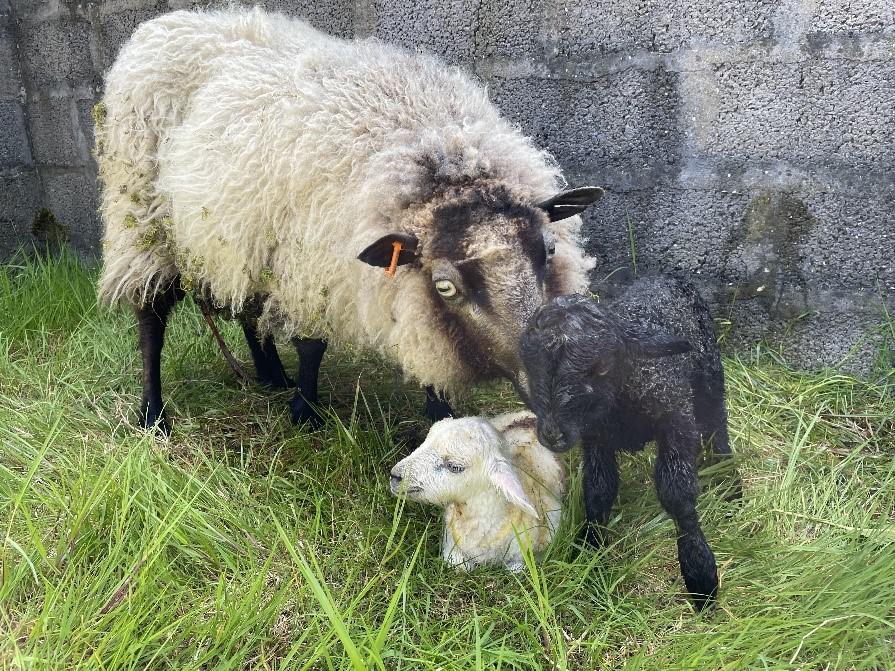
With increased numbers of sheep arriving in the isles, Shetland Islands Council is urging importers to continue to take steps to protect Shetland’s high health status.
It is estimated that around three times as many female sheep are now being imported compared to a decade ago, increasing the risk of diseases being introduced to the Shetland flock.
The Shetland Animal Health Scheme is funded by Shetland Islands Council and manages a programme of sheep and cattle testing to ensure Shetland’s high health status.
Testing regimes to identify and quarantine animals on entry to the islands have so far prevented the spread of infectious diseases such as Maedi Visna (MV) and Enzootic Abortion of Ewes (EAE) into the Shetland flock. The increase in imported sheep has led to an increase in positive tests for both of these diseases. This has in turn put pressure on the testing programme and Shetland’s disease free status.
Shetland Islands Council is asking sheep farmers to take some steps to help reduce the risk of introducing infectious disease into the Shetland flock:
- Import the minimal number of sheep needed for your business, particularly female sheep. Support local breeders if possible.
- Source the lowest risk animals that you can for - CLA, MV and EAE. Ideally accredited or from single known and trusted sources.
- Plan ahead for isolation requirements. Import sheep to Shetland at least 21 days before they are needed for tupping to allow for isolation and quarantine test results to come back.
- If importing female sheep, plan to lamb them before your main flock and allow time to clean and disinfect lambing areas before your main flock lambs.
- Think about re-testing. Sheep are re-tested through the Shetland scheme for MV and CLA, 6 months after importation and females for EAE after their first lambing in Shetland. Not all infections can be identified at the pier.
- It is highly advisable to carry out a private test for CLA 6 weeks after import or after tupping to enable infected animals to be identified more quickly.
- Examine imported sheep regularly for signs of disease and call the vet to investigate. Look out for signs of itchiness, abscesses around the neck and jaw, unexplained weight loss, pneumonia, lameness or sudden death.
Hilary Burgess, Veterinary Advisor with Shetland Islands Council’s Environmental Health Team, said: “The testing systems which we have in place in Shetland have prevented diseases spreading from imported sheep to the Shetland flock. The support of farmers and crofters for the Animal Health Scheme has enabled Shetland maintain a uniquely high sheep health status over many years.
"These testing systems are now coming under increased pressure as numbers of imported sheep increase and we’d urge all importers to take steps so that we can continue to keep infectious diseases out of the isles.”
